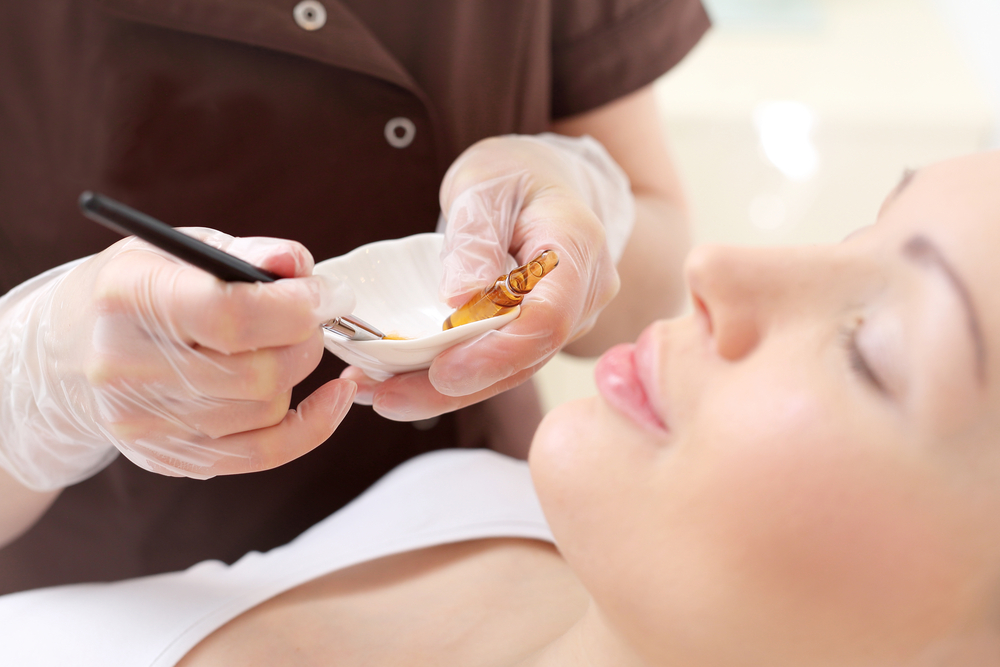Chemical peeling is a process that enables the underlying skin to be brought to the surface the shortest time possible. This method has been around for decades and dates back to ancient Egyptian times, where women are fond of beauty rituals to make them more appealing to the opposite sex.
Several substances were used like resorcinol, trichloroacetic acid, and salicylic acid, among others. The primary goal of using chemical peeling is to remove the impurities which can be seen in the different areas of the body, most notably the face in the form of pimples, blackheads, whiteheads, and pimple marks.


